4th Grade Science Food Chain Worksheet
Are you searching for a helpful resource to reinforce your 4th-grade students' understanding of food chains in science? Look no further! In this blog post, we will introduce you to a fantastic 4th-grade science food chain worksheet that will engage your students and enrich their knowledge about this important ecological concept.
Table of Images 👆
More 4th Grade Worksheets
4th Grade Elapsed Time WorksheetsIrregular Plural Worksheets 4th Grade
Rotational Symmetry Worksheets 4th Grade
Simple Circuit Worksheets 4th Grade
Long Division with Remainders Worksheets 4th Grade
Fourth Grade Reading Comp Worksheets
Reading Response Worksheets 4th Grade
4th Grade Essay Writing Worksheets
Worksheets 4th Grade Narrative Writing
Long Lined Paper Worksheets 4th Grade Essay-Writing
What is a food chain?
A food chain is a linear sequence of organisms in which each organism consumes the one below it and is consumed by the one above it. It represents the transfer of energy and nutrients through the various levels of a ecosystem, illustrating the flow of food and energy from producers to consumers and ultimately to decomposers.
What are producers and what role do they play in a food chain?
Producers are organisms, such as plants, algae, and some bacteria, that are able to convert sunlight into energy through the process of photosynthesis. They play a crucial role in a food chain as they are the primary source of energy for all other organisms. Producers are at the base of the food chain, providing the necessary nutrients and energy for herbivores, carnivores, and decomposers to survive and thrive in an ecosystem. Without producers, the entire food chain would collapse as there would be no source of energy to sustain life.
What are consumers and what role do they play in a food chain?
Consumers are organisms in an ecosystem that feed on other living organisms. They play a crucial role in a food chain by consuming producers (plants) or other consumers, thus transferring energy and nutrients through the ecosystem. Consumers help regulate populations, maintain balance in the ecosystem, and contribute to the flow of energy from one trophic level to another in a food chain.
What is a primary consumer?
A primary consumer is an organism that feeds on producers or autotrophic organisms to obtain their energy, thus occupying the second trophic level in a food chain. These consumers are herbivores that consume plants or algae as their primary food source, forming a crucial link in transferring energy from the sun to higher trophic levels within an ecosystem.
What is a secondary consumer?
A secondary consumer is an organism that feeds on primary consumers, which are herbivores. They are typically carnivores or omnivores that occupy the second trophic level in a food chain or food web, following primary producers and primary consumers.
What is a tertiary consumer?
A tertiary consumer is an organism that feeds on secondary consumers in a food chain. This means it is at the top of the food chain and typically preys on animals such as carnivores or omnivores. Tertiary consumers play an important role in maintaining the balance of ecosystems by controlling the populations of other organisms in the food chain.
What is a decomposer and what role do they play in a food chain?
A decomposer is an organism that breaks down dead plant and animal matter into simpler compounds, like nutrients and minerals. They play a crucial role in the food chain by recycling these decomposed materials back into the ecosystem, making them available for producers (plants) to absorb and use for growth. Without decomposers, nutrients would remain locked up in dead matter, preventing their cycling through the food chain and the continuation of important ecological processes.
Give an example of a food chain in a forest ecosystem.
In a forest ecosystem, a food chain could start with producers like trees and plants being eaten by primary consumers like deer. The deer could then be consumed by secondary consumers like wolves. Finally, the wolves could be at the top of the food chain and not be typically consumed by other animals.
Give an example of a food chain in an ocean ecosystem.
An example of a food chain in an ocean ecosystem could be phytoplankton being consumed by zooplankton, which are then eaten by small fish like anchovies, that are in turn preyed upon by larger predators like tuna.
How does an imbalance in a food chain affect the entire ecosystem?
An imbalance in a food chain can have far-reaching effects on an entire ecosystem. If a particular species in the food chain is overpopulated or declines in numbers, it can disrupt the balance of the ecosystem. This can lead to cascading effects on other species, causing population declines or increases in other organisms. Ultimately, this can result in changes to the biodiversity, energy flow, and overall stability of the ecosystem, impacting not only the organisms directly involved in the food chain but also many other species within the ecosystem.
Have something to share?
Who is Worksheeto?
At Worksheeto, we are committed to delivering an extensive and varied portfolio of superior quality worksheets, designed to address the educational demands of students, educators, and parents.

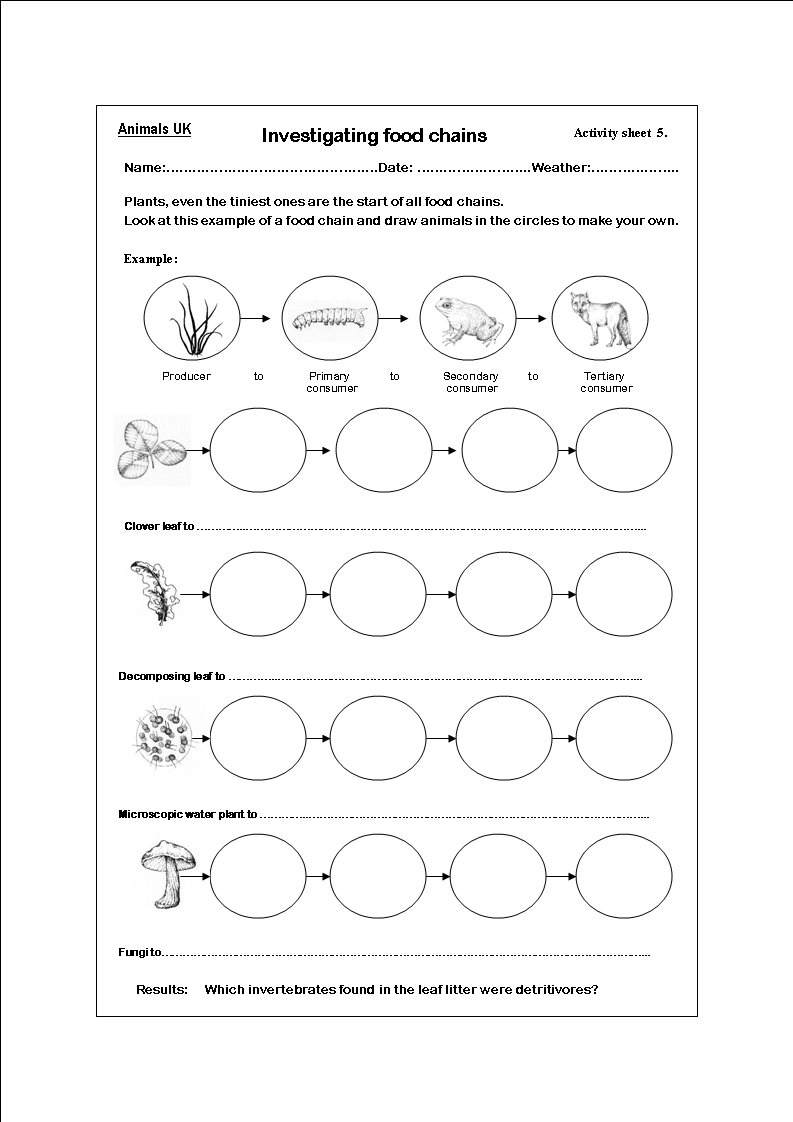



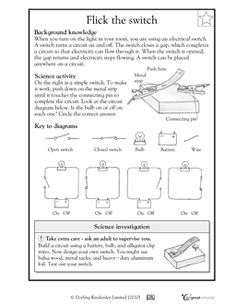

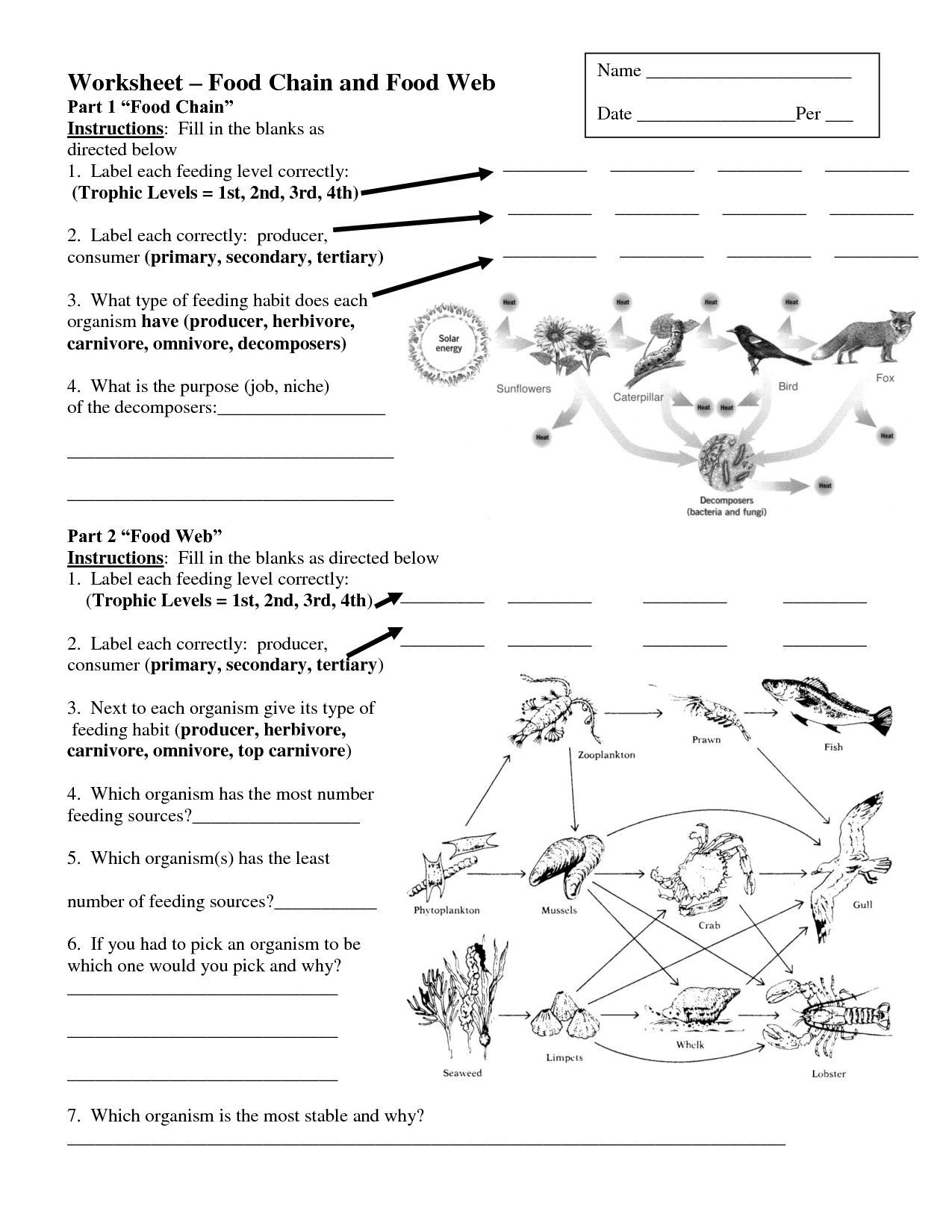
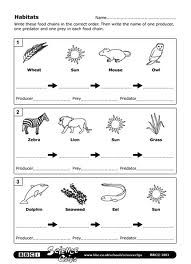
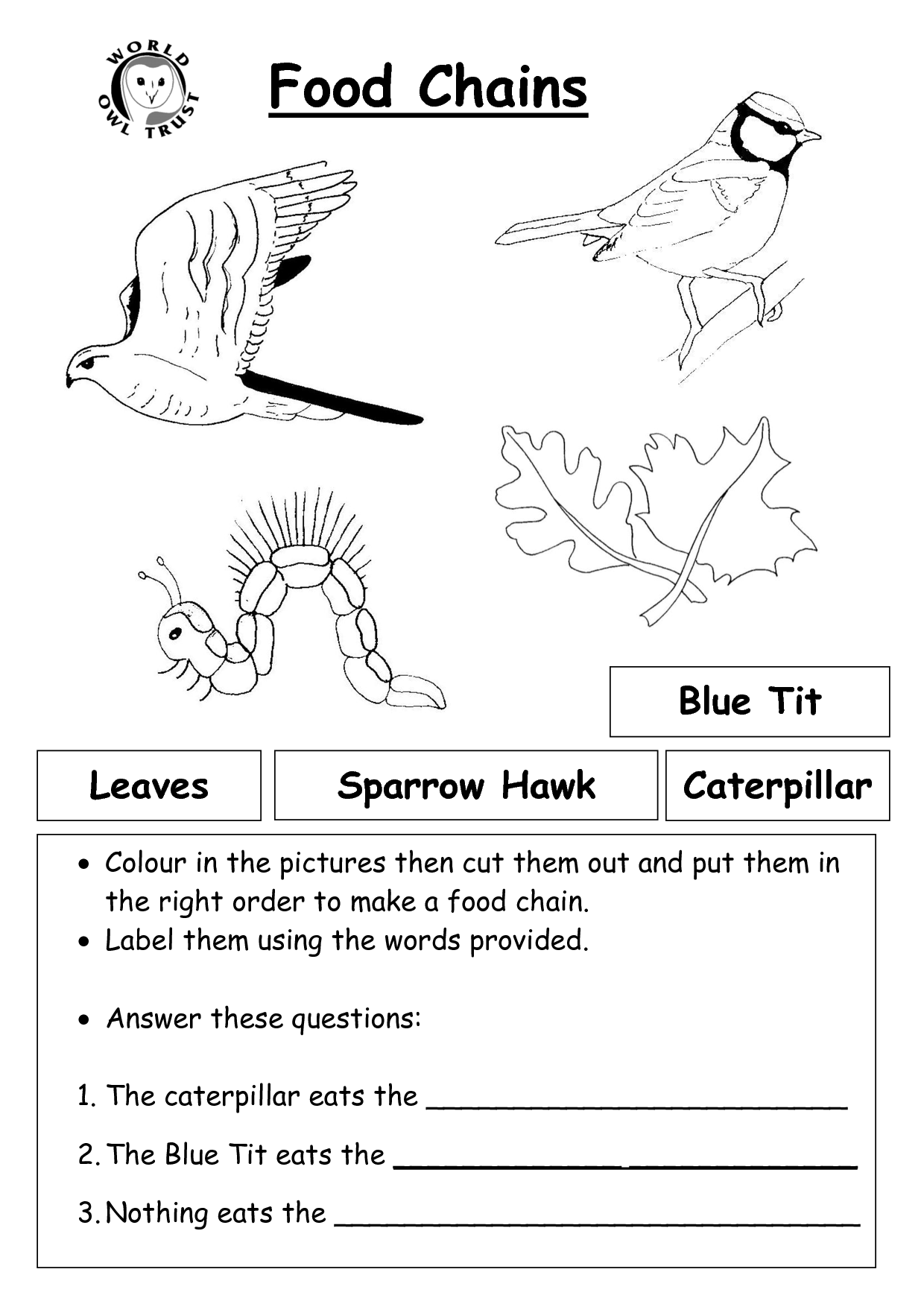
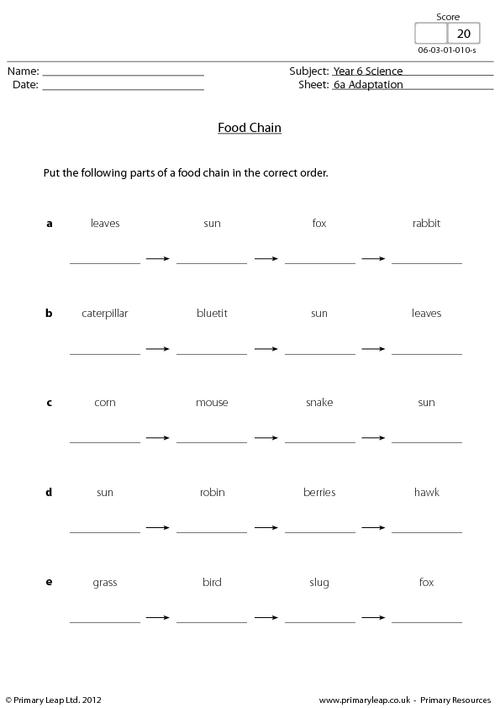















Comments